Many will describe German food as hearty, heavy and unrefined. Comfort food comes to mind, as many dishes are based on starch.
But I think that German food can be very refined “sehr fein” as well, and they have the best bakeries in the world. Apparently, there are more than 300 bread varieties and over 1200 different bread rolls and baked goods in Germany
German cuisine is very regional and mostly seasonal.
If you would like to try your hand at some German recipes, here are a few websites to explore:
More about German Cuisine
Breakfast (Frühstück) commonly consists of bread, toast, or bread rolls with butter or margarine, cold cuts, cheeses, jam (Konfitüre or more commonly called Marmelade), honey and eggs (typically boiled).
Common drinks at breakfast are coffee, tea, milk, cocoa (hot or cold) or fruit juices.
It is very common to eat hearty toppings at breakfast, including deli meats like ham, salted meats, salami and meat-based spreads such as Leberwurst (liver sausage), Teewurst or Mettwurst and cheeses such as Gouda, Frischkäse (cream cheese), Brie, Harzer Roller, Bergkäse and more. Most bakeries tend to sell belegte Brötchen (sandwiches from bread rolls), especially in the morning, for people on the go.
Traditionally, the main meal of the day has been lunch (Mittagessen), eaten around noon.
Dinner (Abendessen or Abendbrot) was always a smaller meal, often consisting only of a variety of bread, meat or sausages, cheese and some kind of vegetables, similar to breakfast, or possibly sandwiches. Smaller meals added during the day bear names such as Vesper (in the south), Brotzeit (bread time, also in the south),
Kaffee und Kuchen, literally for “coffee and cake”), or Kaffeetrinken. It is a very German custom and comparable with the English Five-o’clock-Tea. It takes time between lunch and dinner, often on Sundays with the entire family.
However, in Germany, as in other parts of Europe, dining habits have changed over the last 50 years. Today, many people eat only a small meal in the middle of the day at work, often also a second breakfast, and enjoy a hot dinner in the evening at home with the whole family.
For others, the traditional way of eating is still rather common, not only in rural areas. Breakfast is still very popular and it can be elaborate and extended on weekends, with friends invited as guests; the same holds for coffee and cake. Since the 1990’s, Sunday brunch has also become common, especially in city cafés.
Source: https://en.wikipedia.org/wiki/German_cuisine
From our collection
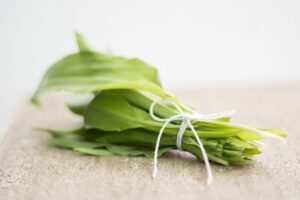
Bärlauch
Discover the magic of Bärlauch, the wild garlic that adds a burst of flavor to your dishes!
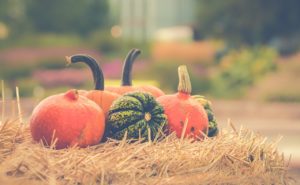
Pumpkins
Pumpkin season in Germany is from July to January. In Germany, it is called Kürbiszeit Some facts about pumpkins Pumpkins belong to the Squash (Cucurbita) family They are native to North America and originated from northeastern Mexico and the southern United States Grown on all continents except Antarctica There are
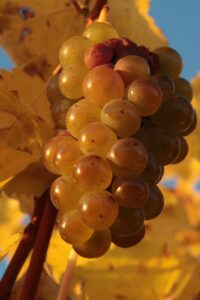
Federweißer (New wine)
Federweißer Depending on the harvest, fresh Federweißer or new wine is available from late summer to the end of October. Depending on the time of year you might also find Most or First Wine as it is the first step in making wine. It is much sweeter than wine and is not filtered like

Starkbier
Starkbier is as the name suggest a strong beer. It is a legal generic designation for beers in which the original wort content is over 16 °P (degrees Plato). The alcohol level is between 5% and 10%. Most of them are seasonal.
In Munich, Starkbierzeit is called the 5th season. It is during Lent (From Ash Wednesday 14.02.2024 to Easter).
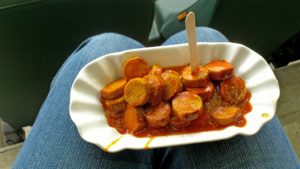
Currywurst
Currywurst was apparently first made by Herta Heuwer in Berlin in 1949. She got the tomato sauce (Ketchup) and curry powder from British soldiers stationed in Germany. She originally served it with pork sausages and it soon became popular with constructions workers as an easy and fast meal. It is reported that she sold more than 10 000 currywurst per week.
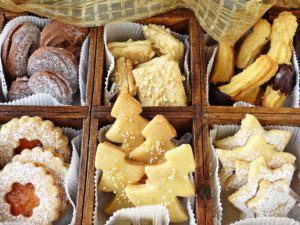
German Christmas Recipes
Baking cookies for Christmas is what childhood memories are made of. We will list some websites here where you can find authentic Christmas recipes. Typical Christmas food Zimtsterne Pfeffernüsse Vanillekipferl Lebkuchen Ausstechplätzchen (cut out cookies) Spekulatius Spritzgebäck Linzer Plätzchen Kokosmakronen Dominosteine Engelsaugen Rumkugeln Stollen Spitsbuben Glühwein. Eierpunsch. Heiße Schokolade (preferably
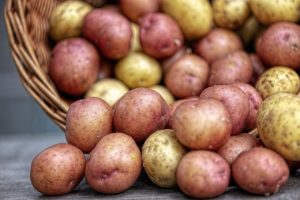
Potatoes
Potatoes are staple food in Germany. You will find it as a side to almost any dish you order in a restaurant. The good news is, it is served a variety of ways. The most popular being roast potatoes (Bratkartoffelen) and potato salad (Kartoffelsalat). Facts about potatoes Potatoes were introduced
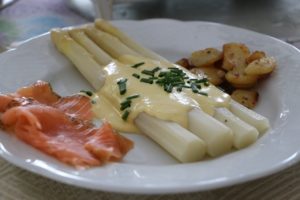
Spargel – the German white gold
Bis Johanni – nicht vergessen – sieben Wochen Spargel essen! The Asparagus season in Germany starts towards the end of April and ends on the 24th of June (St. John the Baptist Day) Most Germans eagerly await Spargelzeit and they eat around 125 000 tonnes of asparagus each season. It
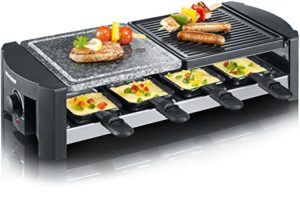
Raclette
The summer months are gone, and for most of us, it is too cold to have a braai with our friends. A great alternative is to have a Raclette party at home.For those who are not familiar with Raclette, it is a dish originating from Switzerland. The history behind the
Related content
We have a dedicated page for each month, there you can read about events and what food, vegetables and fruit are in season

Germany month by month
We created a page for each month so you can find out what food is in season, what public holidays and festivals you can look forward to and information about the weather. If you want to read more about the weather conditions, check out our Weather in Germany page Related
Traditions
If you would like to read more about German traditions, follow the links below

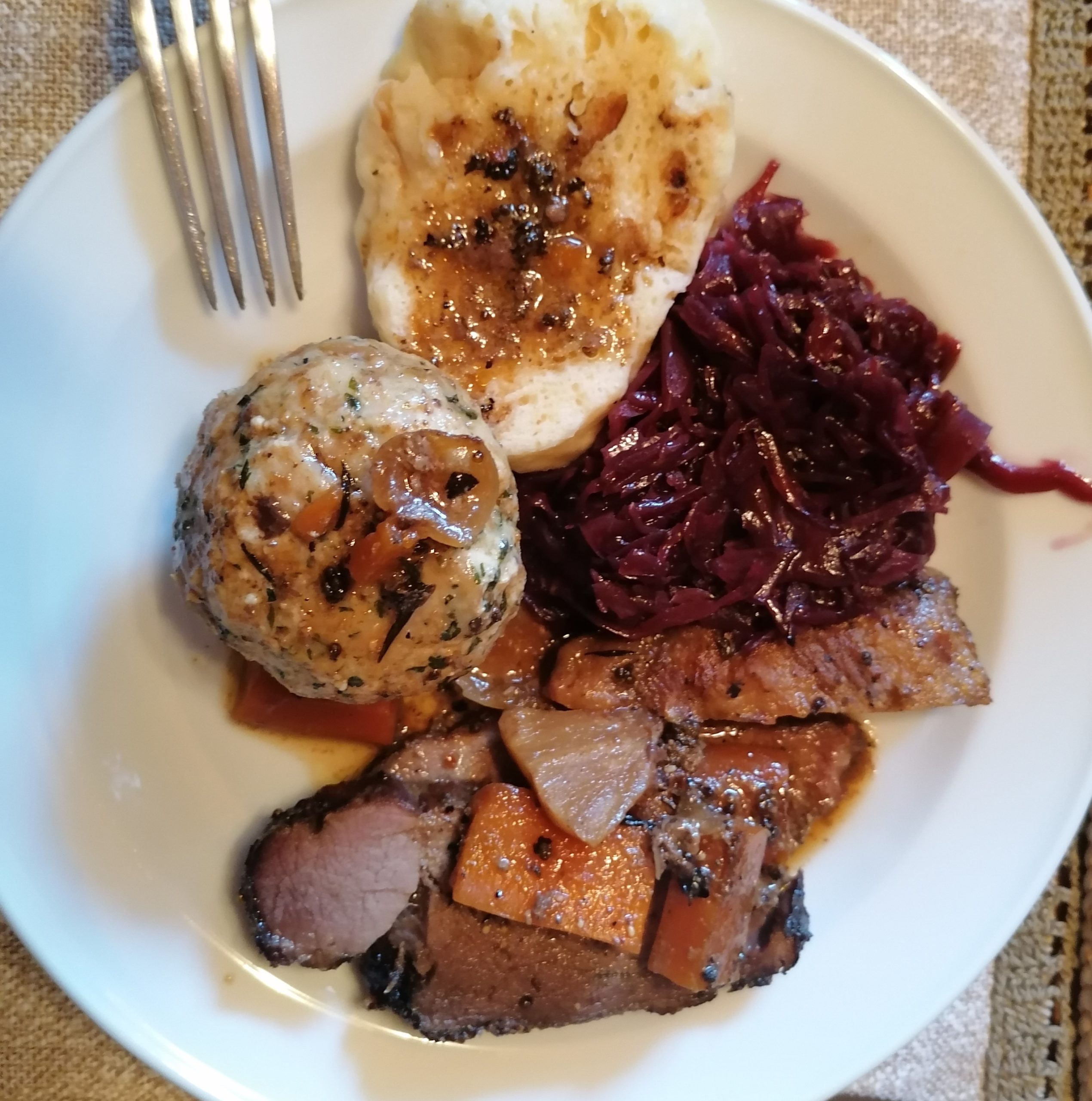

You must be logged in to post a comment.